When the MouseUp event goes off, you can check if the mouse is over another button. If it is, then perform a click on that button. I took the GetCursorPosition code from an answer in this question.
Had to put true and false into button tags to be able to tell if the ButtonClick was already handled for that button or not.
// running as Console window
// output from...
// 1. clicking and releasing on button1
// 2. clicking and holding on button1 and then releasing not over button1 or button2,
// 3. clicking and holding on button1 and then
// moving mouse to over button2 and releasing mouse.
// button1 Click
// button1 Ding!
// button1 MouseUp
// button1 MouseUp
// button1 Ding!
// button1 MouseUp
// button1 Ding!
// button2 Click
// button2 Ding!
private List<Button> _buttons { get; set; }
public Form1()
{
InitializeComponent();
button1.MouseUp += Button_MouseUp;
button2.MouseUp += Button_MouseUp;
button1.Click += Button_Click;
button2.Click += Button_Click;
button1.Tag = false;
button2.Tag = false;
_buttons = new List<Button>()
{
button1, button2
};
}
private void Button_MouseUp(object sender, System.Windows.Forms.MouseEventArgs e)
{
var button = sender as Button;
Console.WriteLine($"{button.Text} MouseUp");
if (!(bool)button.Tag)
ButtonClick(button);
else
button.Tag = false;
Func<Button, bool> ContainsMouse = (b) =>
{
var rect = b.RectangleToScreen(b.DisplayRectangle);
var pos = GetCursorPosition();
return rect.Contains(pos.X, pos.Y);
};
var hoverButton = _buttons.SingleOrDefault(b => ContainsMouse(b));
if (hoverButton != null && !hoverButton.Equals(button))
hoverButton.PerformClick();
}
private void Button_Click(object sender, EventArgs e)
{
var button = sender as Button;
Console.WriteLine($"{button.Text} Click");
ButtonClick(button);
button.Tag = true;
}
private void ButtonClick(Button button)
{
Console.WriteLine($"{button.Text} Ding!");
}
[StructLayout(LayoutKind.Sequential)]
public struct POINT
{
public int X;
public int Y;
public static implicit operator Point(POINT point)
{
return new Point(point.X, point.Y);
}
}
/// <summary>
/// Retrieves the cursor's position, in screen coordinates.
/// </summary>
/// <see>See MSDN documentation for further information.</see>
[DllImport("user32.dll")]
public static extern bool GetCursorPos(out POINT lpPoint);
public static Point GetCursorPosition()
{
POINT lpPoint;
GetCursorPos(out lpPoint);
//bool success = User32.GetCursorPos(out lpPoint);
// if (!success)
return lpPoint;
}
